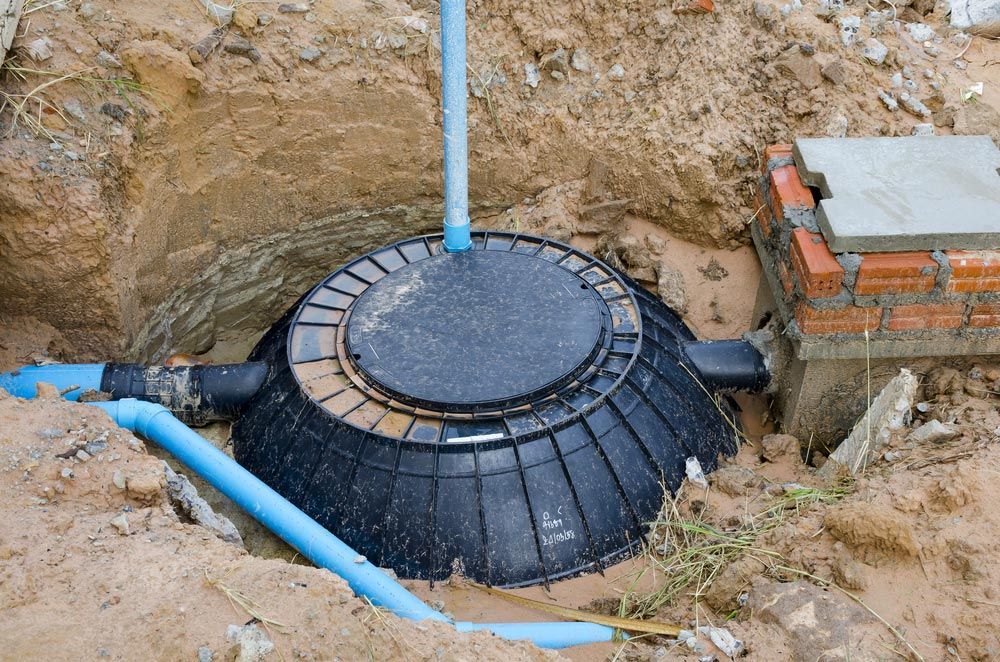Plumber’s Guide To Installing Septic Tanks

Installing a septic tank is no small job. While it may seem simple, there are many details to consider when planning for the installation. The process involves steps such as digging a hole large enough to house the tank, connecting plumbing and running the necessary drainage lines. It’s important for homeowners to understand all the steps before commencing the installation process. Keep reading for a comprehensive plumber’s guide to installing septic tanks!
1) Find A Good Plumber
There are various laws and regulations in place to ensure your septic tank is installed correctly and remains in good working order. Failing to comply with the law can result in hefty fines on top of the cost of reinstalling a new tank that meets requirements. To avoid the unnecessary hassle, find a plumber experienced in septic tank installation—they have the experience and skills needed to ensure the job is done right the first time.
2) Determine Where To Place The Septic Tank
The first step in installing a septic tank is determining where to place it on your property. This should be done with care as you need to make sure it is far away from any water sources (such as rivers, streams or lakes) and it has adequate drainage away from your home and other structures on your property. You also need to determine how deep the hole needs to be for the septic tank to sit level on its base.
3) Digging The Hole
Once you have determined where you want the septic tank placed, you can begin digging the hole. You will need a backhoe or other heavy machinery in order to dig deep enough for the size of septic tank you plan on using. Make sure that room is left for any additional piping that may need to be run and fill in any extra dirt around it when finished so that it sits level on its base when installed.
4) Connecting Piping And Running Drainage Lines
The next step is connecting piping and running drainage lines from your house and other structures connected to your property such as sheds or garages. Make sure that all the pipes are connected correctly before filling in the holes around them with dirt and gravel until completely level with surrounding terrain again.
5) Installing The Septic Tank
Finally, you can install the actual septic tank into the ground by lifting it into place using heavy machinery or another method depending on its size (or weight). Once this has been done, connect all the necessary pipes together and check for obstructions. If water is flowing freely into your new septic, it has been installed correctly!
Install It Right The First Time
Installing a septic tank is not an easy job, that’s why it’s important to work with a professional and get it right the first time. At Cuttle Plumbing, our licensed, certified team is qualified to install, inspect and service your septic tank and water treatment systems. We are always happy to offer advice on the best options for you and your property and even assist with council applications. So, get in touch with us today via our contact form or give us a call on 0488 203 642—we are here for all your plumbing and gasfitting needs in New England.




